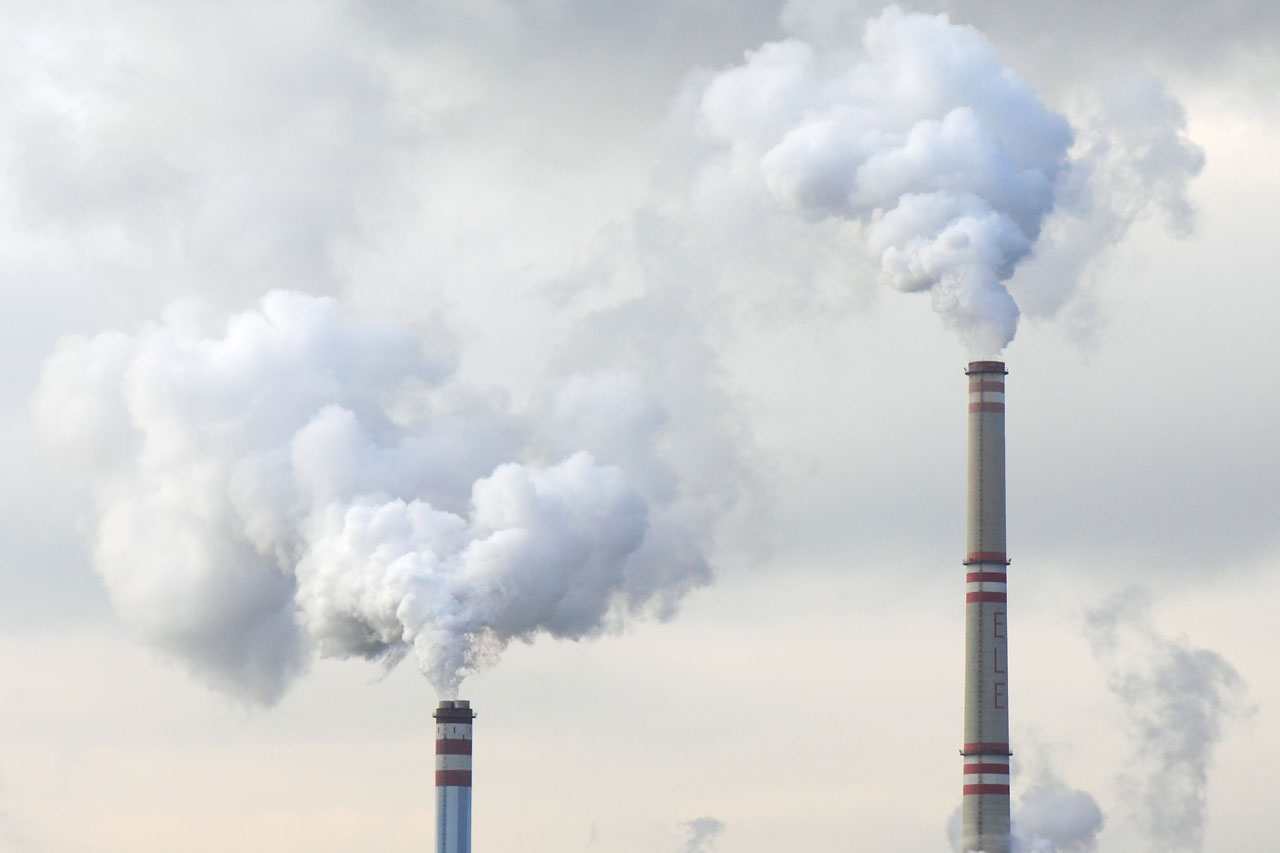This blog is based on a newly published report “Cutting Emissions Through Fossil Fuel Subsidy Reform and Taxation” by the Global Subsidies Initiative (GSI) of the International Institute for Sustainable Development (IISD), an award-winning independent think tank working to accelerate solutions for a stable climate, sustainable resource management, and fair economies. A recording of the launch event can be accessed on the GSI website.
About the Authors

Jonas Kuehl
Jonas Kuehl is a Policy Analyst in the Energy program of the International Institute for Sustainable Development (IISD). Before joining IISD, Jonas has also worked for the United Nations Environment Programme (UNEP), the World Business Council for Sustainable Development (WBCSD) and German Agency for International Cooperation (GIZ) on various energy and environment-related issues. Jonas holds a bachelor's degree in Political Science and East Asian studies from Heidelberg University and a master’s degree in Standardization, Social Regulation and Sustainable Development, an interdisciplinary program jointly offered by the University of Geneva and the International Organization for Standardization (ISO). At IISD, he facilitates efforts to measure and reform fossil fuel subsidies, and promote innovative models to scale up renewable energies, climate change governance, and just transition.
The latest IPCC report published in August 2021 could not be any clearer: Humans are unequivocally responsible for warming our planet. Limiting warming to 1.5°C or 2°C would prevent the more severe consequences of climate change but requires deep reductions in greenhouse gas (GHG) emissions. A tool that governments should use to reduce emissions is fossil fuel subsidy reform, which comes at minimal -if any- cost and creates several synergies for sustainable development.
Current climate ambition and action are both insufficient
In 2020, the climate pledges submitted by countries under the Paris Agreement would translate to a warming of 3.2°C by the end of the century and an emissions gap of 15 Gt CO2e in 2030 compared with levels consistent with 2°C temperature increase and of 32 Gt CO2e compared with 1.5°C levels. Similarly, our production gap was equally alarming as countries aimed to produce 120% and 50% more fossil fuels by 2030 than would be consistent with limiting global warming to 1.5°C or 2°C. Considering more recently updated Paris Agreement pledges but also long-term net zero announcements not reflected in these climate pledges, the Climate Action Tracker May 2021 briefing found that our current ambition would limit warming to 2.4°C if all our pledges and targets were to be fully implemented. However, countries have so far fallen short of adopting sufficient policies to achieve these targets as current policies would only limit warming to 2.9°C.
Fossil fuel subsidy reform as a tool to reduce GHG emissions
Governments continue to spend hundreds of billions of public funds on fossil fuel subsidies every year. The goal is to stimulate economic productivity, but the medium and longer term outcome may well be the opposite. Fossil fuel subsidies reduce the price of fossil fuels and improve their competitiveness against cleaner alternatives. This results in a higher consumption of fossil fuels and a lock-in effect for inefficient infrastructure, and therefore greater emissions now and in the longer term. Both the Emissions Gap Report 2020 and the Production Gap Report 2020 are therefore suggesting governments to reform fossil fuel subsidies, and also UN Secretary General António Guterres urged governments to shift fossil fuel subsidies into renewable energy in his response to the latest IPCC report.
Figure 1: Global fossil fuel consumption subsidies (IEA) and international oil price (IMF) between 2010 and 2019
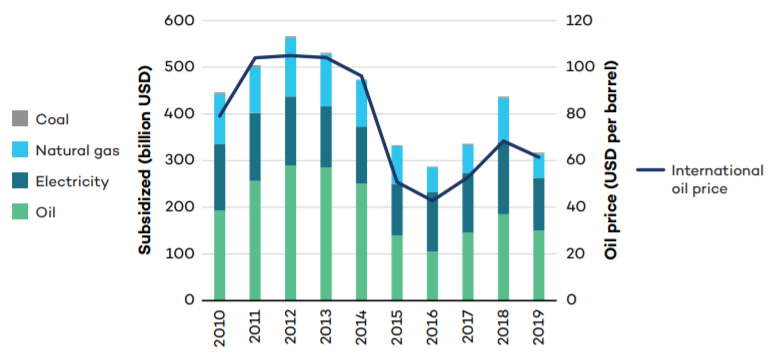
Size of emission savings through fossil fuel subsidy reform
The latest research carried out by the Global Subsidies Initiative (GSI) of the International Institute for Sustainable Development (IISD) found that the total size of emission reductions achieved through the reform of fossil fuel subsidies to consumers could be very significant, but the potential can vary greatly in different countries. Based on a tool to estimate emission reductions, IISD-GSI modelled 32 diverse countries that accounted for 77% of global CO2 emissions, 72% of global GDP, and 72% of the global population in 2019. The results show that a gradual removal of fossil fuel subsidies until 2025 could reduce global GHG emissions by almost 5.46 billion tonnes of CO2 by 2030, equivalent to the annual emissions of about 1,000 coal-fired power plants or 3.8 billion cars. Across all countries analyzed, the average annual emission reductions would be 6% by 2030. However, this could be as high as 35% in countries where a large percentage of the government budget goes toward subsidizing fossil fuel consumption, such as for example Venezuela, Iraq, and Algeria. In contrast, countries with comparably larger economies like China, Saudi Arabia, Iran or India show the largest emission reductions in absolute terms.
Figure 2: Percentage and absolute emission reductions from fossil fuel subsidy reform in 32 countries by 2030
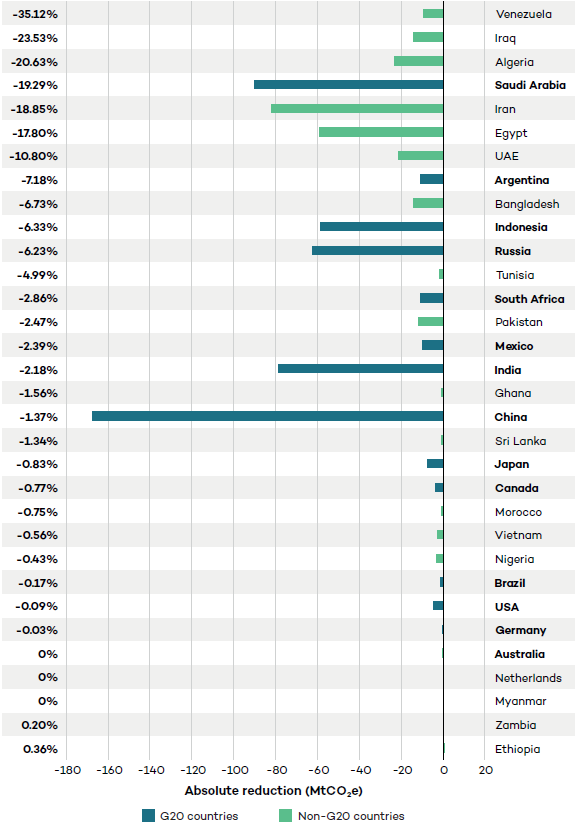
Other benefits of fossil fuel subsidy reform
Fossil fuel subsidy reform differs from other policy tools to mitigate GHG emissions with regards to the costs associated. While other policy interventions usually incur a cost, fossil fuel subsidy reform reduces emissions while simultaneously saving governments money. Considering the size of fossil fuel subsidies across the 32 countries analyzed in 2018 would not change in the coming years, governments can save on average around USD 546 for every tonne of CO2e removed through fossil fuel subsidy reform. These savings would add up to a total of almost USD 3 trillion through to 2030, and governments could spend that money on more productive and socially desirable areas, such as infrastructure, food security, and healthcare, or a clean energy transition.
Figure 3: Cumulative savings from fossil fuel subsidy reform in 32 countries between 2021 and 2030
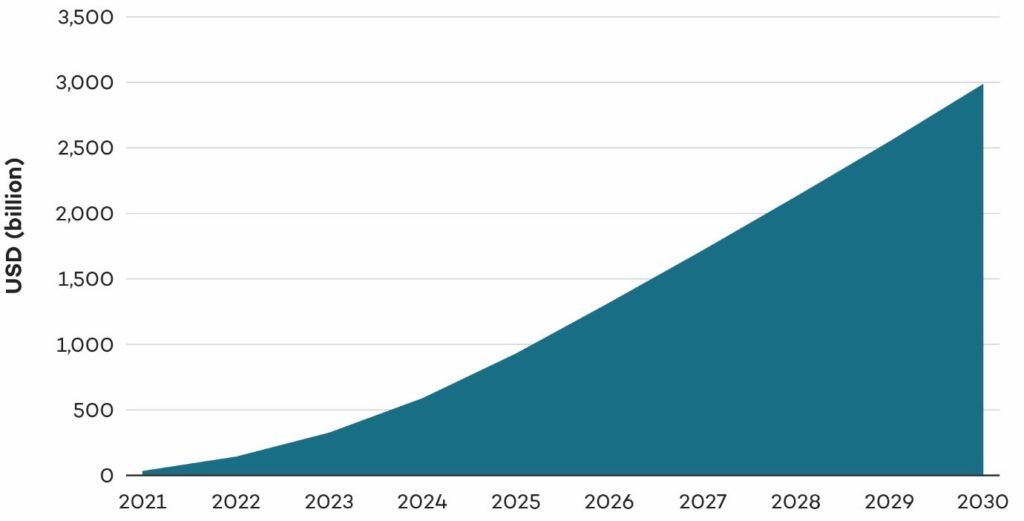
Limitations of fossil fuel subsidy reform
Whereas fossil fuel subsidy reform is a tool that can achieve significant emission reductions, the amount it can achieve is limited to the extend when all subsidies are removed. Our results show that the annual emission reductions continue to rise until 2025 but then level off because the research considers a complete removal of fossil fuel subsidies across the countries analyzed in that year. Investing 30% of the subsidy savings into energy efficiency and renewable energy, and complementing fossil fuel subsidy reform and this swap with a 10% fossil energy tax including an investment of parts of the revenues to energy efficiency and renewable energy as well could double the annual national emission reductions to almost 12% on average. At the same time, governments would still save an average of around USD 86 for every tonne of CO2e removed.
Figure 4: Average percentage of CO2e reductions over time from consumer Fossil fuel subsidy reform and 10% energy taxation across 32 countries, with 10% of savings and revenues invested in renewable energy (RE) and 20% in energy efficiency (EE)
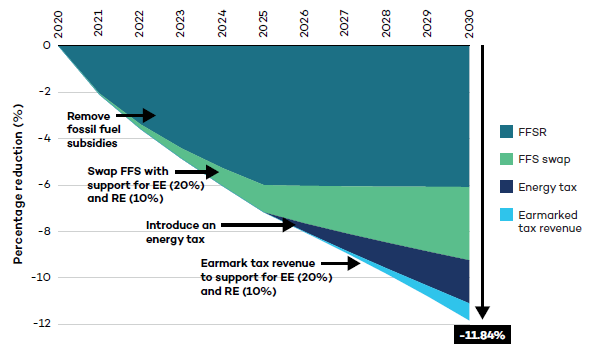
Conclusion
In summary, Fossil fuel subsidy reform is a smart tool to fight climate change because it helps reduce substantial amounts of emissions while not costing governments them anything, and it can support sustainable growth by investing subsidy savings. Even though fossil fuel subsidy reform can have negative impacts on poor and other vulnerable groups of the society due to higher energy prices, governments can protect these groups through targeted programs. Fossil fuel subsidy reform is therefore one of the many key emission reduction tools available that governments should use to strengthen their climate ambition and adopt policies to actually achieve their targets. Many countries have already reformed fossil fuel subsidies over the last couple of years but the ongoing large size of money spent on fossil fuel subsidies globally is a clear sign that more action is needed. Similarly, there is room for governments to add fossil fuel subsidy reform into their Paris Agreement pledges when submitting new updates as only a handful of countries have done that so far.

